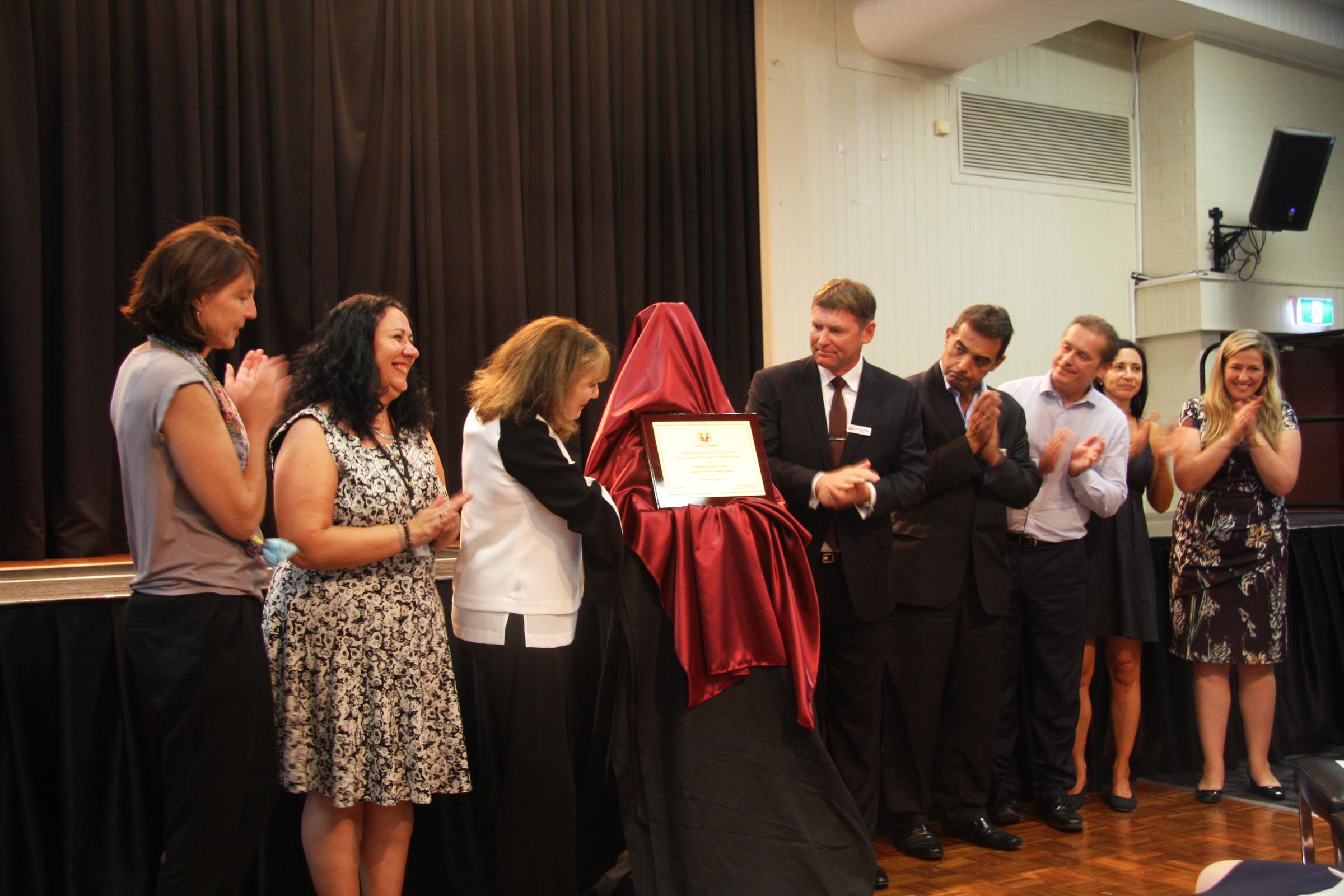
The Arrowsmith Program
Head of Arrowsmith
WAYNE STAGG
Head of the Arrowsmith Program
KICK YOUR BRAIN OUT OF ITS COMFORT ZONE
From childhood through adulthood, the events of your life shape your brain. As little people grow, interact with others, and explore the world, connections are wired in their brains based on their experiences. When you’re young, most of what happens is out of your control. As adults, our brains are reflections of our daily routines. Your habits, both good and bad, literally get wired into your brain.
Whether you’re 22 or 72, live in a manner that asks you to use your brain. Your brain likes to be efficient and to minimize the effort expended by staying in its routine. However, your routine habits may even be contributing to your brain’s decline. Your brain needs novelty and challenge to grow and change.
It’s important to kick your brain out of its comfort zone and into the enhancement zone by doing things that are unfamiliar and mentally taxing. You’ll want to push your brain beyond the norm.
Ways to Drive Neuroplastic Change Externally:
- Try something new. This can be as involved as learning a different language, going back to school, taking dance classes, or mastering a musical instrument. It also can be as simple as trying out a new restaurant, reading a book out of your normal genre (especially fiction), or listening to an unfamiliar style of music.
- Mix things up. Use your non-dominant leg to start up the stairs, or your non-dominant hand to eat or brush your teeth. Move the mouse to the other side of the keyboard. Sleep on a different side of the bed. Take a new route to work. Get your brain off of automatic.
- Turn off the GPS. Use a map and your brain. You could even get intentionally lost and try to find your way back without using your GPS or a map (there’s a whole sport like this called orienteering).
- Exercise in a new way. Try a whole new activity. If cycling, vary your routes and terrains. If running or walking, get outside when possible, forget the headphones, and alter surfaces, paths, and scenery. The idea is to get your brain in the workout.
- Train your brain. I know there is a whole debate about whether brain training works or not. There is no doubt in my mind or Dr. Merzenich’s. It helped me recover from a brain injury. Dr. Merzenich went on to start Posit Science which offers brain training based on neuroplasticity and science (Brain HQ). Not all brain training is the same.
- Take a trip. Travel to a new city, a new country or just down the road. A change of scenery wakes up your brain, sparks creativity, and can even boost happiness. A new environment challenges your brain and takes it off auto-pilot. You have to think about even the small things when in an unfamiliar place.
- Be social. Talk to people face-to-face. Engage in conversations and really listen. Make new friends unlike any you already have. Higher social engagement is associated with higher cognitive functioning, and reduced risks of cognitive decline.
Internally Driven Change
To encourage neuroplastic change internally, means to influence the operations of your brain through working with your mind. According to Merzenich in the video, Make Your Brain Smarter Every Day @ Any Age, mental exercise drives plasticity just as much as outside activity does.
Your mind sculpts your brain. Everything you think, hope, feel, and imagine physically changes your brain – for better or worse. You can intentionally harness this process for your benefit. Daniel G. Amen, MD writes in, You Are Not Your Brain: The 4-Step Solution for Changing Bad Habits, Ending Unhealthy Thinking, and Taking Control of Your Life:
Ways to Drive Neuroplastic Change Internally:
1. Mindfulness
The research about the positive impact of mindfulness on the brain and mental health, points to neuroplasticity as the cause. In mindfulness, by intentionally directing attention inward and cultivating awareness of the breath or thoughts and feelings, you are becoming aware of your brain’s Default Mode Network (DFM) and exerting control over it. When you guide your DFM, you’re interrupting habitual thought patterns and orienting your brain in the present moment.
2. Meditation
Along with the many scientifically proven benefits of meditation for your brain, it increases neuroplasticity. Meditation has been proven to decrease stress, anxiety, and depression, which have been shown to limit neurogenesis, the birth of new brain cells. And you don’t need to meditate for years on end to start reaping benefits either. One study showed brain changes after just eight weeks of regular meditation.
3. Visualization
Neurons fire and chemicals are released in your brain whether something is real or imagined. On brain scans, imaginative thoughts activate many identical brain areas, which directly influence you, physically and emotionally. From a neuroscientific perspective, imagining an act and doing it are not that different. Visualization allows you to put your imagination to work for you to change your brain. Research has validated that the practice influences physical changes from muscle strength to brain pathways.

